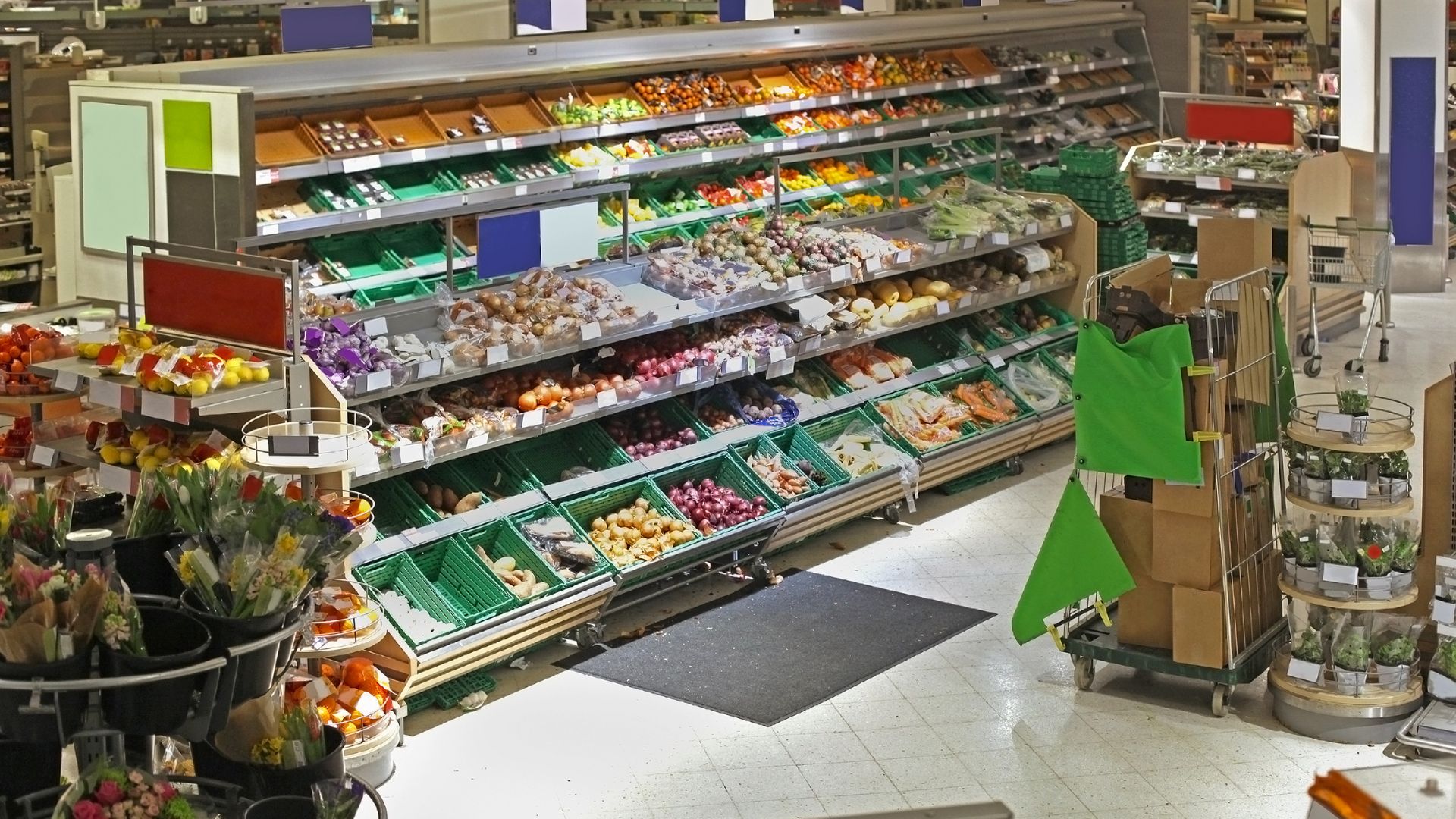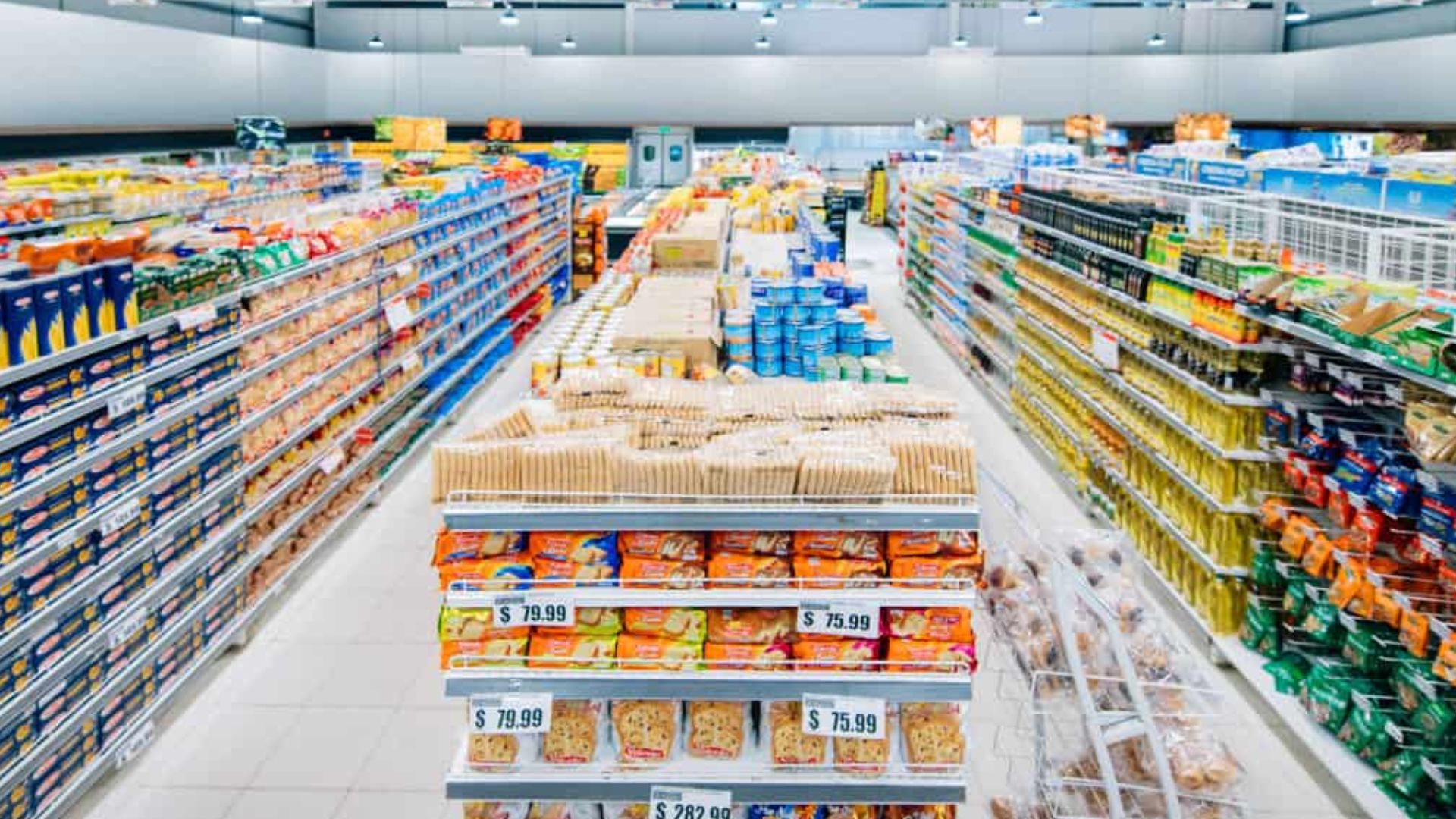Coca-Cola is iconic for its branding and extensive product lineup, but did you know that the brand strategically places its best-selling products at eye level on shelves to maximize visibility and attract customers in physical stores? On the other hand, PepsiCo focuses on end-of-aisle displays and promotional signage to drive impulse purchases and boost sales.
This tactic ensures their top products are front and center, making them easy for shoppers to reach and increasing the likelihood of impulse purchases. For CPG brands, ensuring that products are placed correctly on shelves, in accordance with agreed-upon planograms, is crucial to maintaining visibility and driving sales.
Planograms are tools that help CPG brands track product placement, ensure that products occupy the right shelf space, and maintain consistency across all store locations. By following these layouts, brands can monitor and optimize their in-store execution, ensuring that their products are positioned for maximum visibility and availability.
In this article, we’ll explore why planograms are vital for CPG brands, how they help track compliance with retail agreements, and how to create a planogram layout that ensures consistent execution across multiple locations. Additionally, we’ll discuss how CPG brands can monitor and maintain compliance with their planograms to make sure they are delivering on shelf placement expectations.
What is a Planogram, and Why Does it Matter for CPG Brands?
A planogram is a visual tool used by CPG brands to guide how their products should be placed on shelves. Think of it as a blueprint for ensuring that products are positioned in the most strategic spots to maximize visibility and sales. The purpose of using a planogram for CPG brands is to:
- Ensure Planogram Compliance Across Retail Locations: CPG brands use planograms to track whether their products are placed in the agreed-upon locations, ensuring compliance across multiple stores. This helps avoid discrepancies between stores and ensures the products are consistently displayed as planned.
- Maximize Product Visibility and Shelf Share: CPG brands can enhance their product visibility by strategically placing products at the right shelf locations. Planograms help highlight top-selling products and stock their MSLs, improving the chances of customer interaction and, ultimately, increasing sales potential.
- Monitor and Optimize In-Store Execution: CPG brands don't just create planograms—they use technology and real-time data to monitor compliance. With tools like image recognition and AI-powered shelf tracking, brands can analyze product placement, track compliance, and quickly address any discrepancies. This allows them to ensure their products are in the best possible position to drive sales and customer attention.
- Maintain Consistency Across Retail Partners: Whether a CPG brand is working with one retailer or multiple, a well-structured planogram ensures that key products are displayed consistently, meeting the expectations of both the retailer and the brand. This consistency helps brands maintain a strong, recognizable presence across various retail locations.
Adhering to planograms is essential for CPG brands to ensure that products are visible, in stock, and positioned correctly across stores. By using data and technology to monitor planogram compliance, CPG brands can maintain an effective shelf presence and drive sales more efficiently.
Types of Planograms for CPGs
Depending on factors like product type, shelf space, and retail agreements, CPG brands may use different kinds of planograms to track and ensure compliance. Here are some common types of planograms relevant to CPG brands:
1. Horizontal Product Placement: This layout arranges products across the shelf, ensuring that similar items are placed next to each other. For CPG brands, this layout is typically used for categories like snacks, beverages, and packaged foods, where products are often compared side by side by customers. By using horizontal placement, CPG brands can ensure that their products are grouped correctly, improving visibility and driving sales for comparable items.
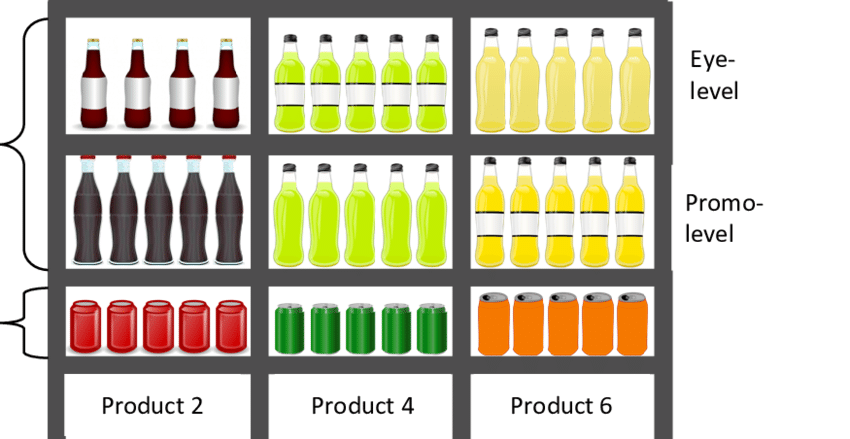
2. Vertical Product Placement: Products are stacked vertically, typically by size, brand, or category. This layout is useful for CPG brands in categories like toiletries and cleaning products, where products of different sizes or brands are displayed in an organized manner. Vertical placement can help products stand out, particularly for high-margin or new products that need to grab customer attention quickly.
3. Block Product Placement: Products are grouped based on their category, brand, or type, creating “blocks” that make it easier for consumers to browse similar items at once. CPG brands often use block placements for related product categories like beverages, snacks, or dairy products, ensuring that all variants of a product category are visible together. This strategy simplifies the shopping process for consumers and increases the likelihood of cross-selling opportunities for the brand.
4. Commercial Status-based Placement: This approach places high-performing or high-demand products at prime shelf locations, such as eye level or the end of aisles. For CPG brands, this is critical for ensuring that bestsellers, seasonal products, or promotional items get maximum visibility. CPG brands can drive impulse purchases and increase sales for products with higher consumer demand by using commercial status-based placements.
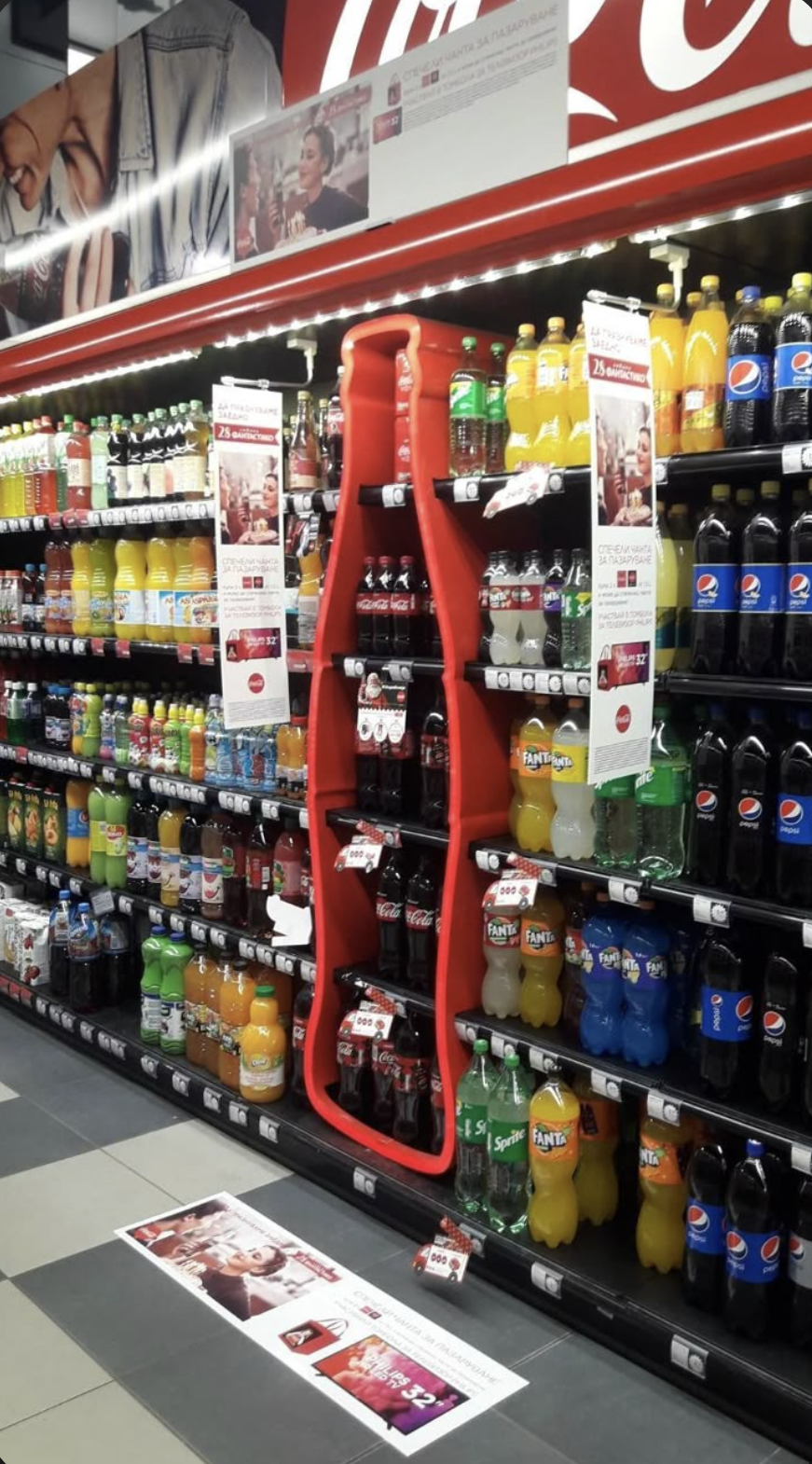
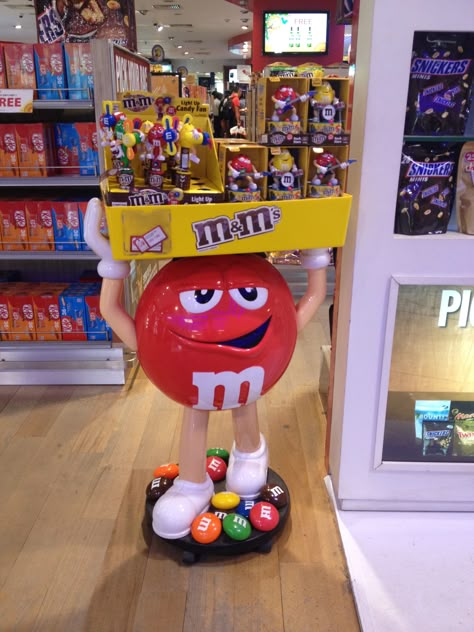
5. Placement Based on Market Share and Margin: Products with higher profit margins or those that contribute significantly to sales are often placed in the most accessible, visible areas. For CPG brands, this strategy ensures that their most profitable products, or those contributing to market growth, are positioned where they are most likely to attract attention. This type of planogram can help brands optimize their return on investment by giving prime shelf space to products that generate higher margins or are key revenue drivers.
For CPG brands, the strategic use of planograms not only optimizes shelf space but also ensures that products are visible, easy to find, and placed according to retail agreements. By tracking planogram compliance across multiple store locations, CPG brands can ensure consistent product placement, drive sales, and improve their market presence.
Also read: Understanding the Importance and Types of a Planogram in Retail
Now, let’s explore how implementing planograms can directly impact a CPG brand's in-store performance.
Benefits of Implementing Planograms for CPGs
A well-executed planogram ensures that CPG brands can maintain proper product placement, track compliance with retail agreements, and optimize shelf space across multiple locations. Think of it as setting the stage for your brand, where every product is strategically placed to catch the consumer’s eye and meet their needs.
Here are some key benefits of implementing planograms for CPGs:
- Enhance Product Visibility and Appeal: Placing high-demand and high-margin items in prominent locations captures customer attention and increases purchase likelihood.
- Optimize Shelf Space Utilization: Efficient product organization maximizes available shelf space and streamlines store layout for easier navigation.
- Facilitate Data-Driven Decision Making: Sales data and customer insights guide informed decisions on product placement, improving sales and satisfaction.
- Improve Inventory Management: Effective planogram use promotes stock rotation, reduces waste, and ensures optimal product availability.
- Enhance Brand Consistency: A cohesive layout that aligns with your brand’s image ensures a consistent and appealing experience across all locations.
Utilizing these benefits will help create a more efficient, customer-friendly, and profitable retail environment. However, to fully realize these advantages, it's crucial to ensure that your planograms are consistently followed and effectively monitored.
In the next section, we'll explore how to maintain planogram compliance and monitor their effectiveness to ensure sustained success.
Planogram Compliance and Monitoring
Planogram compliance and monitoring involve ensuring that the products in your store are placed according to the agreed-upon layout. It is a key part of maintaining consistency, ensuring the store meets design standards, and ultimately driving sales. Proper monitoring helps track the execution of the layout, keeping products in their designated spots and allowing for real-time adjustments when necessary.
Here’s how effective planogram compliance and monitoring contribute to CPG brands' success:
Ensures Adherence to Designed Layouts
Regular audits ensure that the products stay in their designated spots, minimizing the risk of misplacement and creating a consistent shopping environment across all locations. With tools like ShelfWatch, you can automate these audits and instantly get notified if products are misplaced or missing, making it easier to maintain a consistent and professional layout.
Eases Sales Pattern Analysis and Merchandise Inventory Management
CPG brands can analyze the effectiveness of their product placements. This data helps identify which products perform best in specific locations and adjust inventory strategies accordingly. With this information, CPG brands can fine-tune their retail strategy, ensuring that high-demand products are always well-positioned and readily available.
Routine Checks to Maintain Effectiveness
Planograms should be updated regularly to reflect new stock, promotions, and seasonal changes. Keeping your planogram fresh and relevant ensures that your store continues to meet customer expectations. ParallelDots’ ShelfWatch solution can automate compliance checks, ensuring that the layout is maintained without the need for manual intervention.
With continuous monitoring and data-driven insights, planogram compliance becomes a more efficient process for CPG brands, helping them sustain long-term growth and operational efficiency.
As we move forward, let's explore the practical steps involved in creating an effective planogram for CPG brands. Implementing a well-structured planogram takes strategy, creativity, and the right tools, and we'll look into how CPG brands can create one that works for them.
Steps to Create a Planogram
Creating a planogram is essential for CPG brands to ensure their products are optimally placed on store shelves, in line with retail agreements, and positioned for maximum visibility and sales. A well-thought-out planogram helps CPG brands monitor product placement, track compliance, and improve shelf visibility across multiple retail locations. To get started, follow these steps to create an effective planogram for your CPG brand:
1. Define Your Goals and Layout Strategy
Before designing your planogram, clearly define your objectives. Are you focusing on improving product visibility, ensuring compliance with retail agreements, or maximizing shelf space for specific products?
Understanding your goals will help shape the layout decisions. For CPG brands, these goals include optimizing placement for best-selling or seasonal items, ensuring compliance with specific shelf-space agreements, or improving brand presence across multiple locations.
2. Map Out Your Product Arrangement
Next, determine how to arrange your products on the shelf. This is where strategy meets execution. Group similar products together and place high-demand or high-margin items in prominent locations for maximum visibility.
For CPG brands, this means ensuring that top-selling products or promotional items are positioned at eye level or in high-traffic areas. Tools like ShelfWatch can help streamline the process by automating compliance checks and ensuring that your products are placed correctly without manual errors.
3. Gain Approval and Train Staff
Once your planogram is designed, get approval from relevant stakeholders, such as your retail partners or internal teams. Then, ensure that retail staff or sales representatives are trained on how to execute the planogram properly.
It’s important for CPG brands to maintain consistency across multiple retail locations, so everyone involved in product placement understands how to follow the planogram and meet agreed-upon standards.
4. Regularly Review and Update
A planogram is not a one-time task. It should evolve to reflect changing inventory, seasonal promotions, or shifts in customer demand. Regularly reviewing and updating your planogram ensures that CPG brands maintain optimal product placement.
ShelfWatch can assist by providing real-time data and alerts, making it easier for CPGs to monitor compliance and adjust the layout as needed.
By following these steps, CPG brands can create a planogram that meets their business objectives, ensures proper product placement, drives sales, and strengthens their brand presence across retail locations. Maintaining an effective planogram is key to ensuring compliance, maximizing visibility, and supporting long-term growth.
Also read: How CPGs Can Achieve 100% Planogram Compliance in Retail Stores
Now that you know how to create one, let’s take a look at the tools and software that can help make planogram management easier and more efficient.
Tools and Software for Planograms
Creating and managing planograms is essential for CPG brands to ensure optimal product placement, compliance with retail agreements, and maximum visibility across multiple locations. Digital tools and software are transforming this process, making it easier to track product placement, adjust layouts, and monitor compliance with their planograms.
Here’s how technology supports effective planogram management for CPG brands:
- Precise Space Management: Planogram software ensures that every product is placed efficiently by providing accurate measurements and maximizing available shelf space. This allows CPG brands to organize their products in a way that aligns with their retail agreements and makes the most of each store's shelf space.
- Data Integration and Visualization: By integrating sales, inventory, and customer behavior data, CPG brands can make informed decisions about where to place products in retail locations. Using tools like ShelfWatch, CPG brands can track this data in real-time, adjusting their planogram strategies as needed.
- Real-Time Layout Adjustments: Planogram software allows CPG brands to make real-time changes to layouts, ensuring that their products stay aligned with current stock levels and seasonal demands. Whether a product is running low or a promotional item needs to be highlighted, CPG brands can update their planograms quickly and efficiently to ensure they meet market needs.
- Improved Compliance Monitoring: Digitized audits and compliance checks help CPG brands maintain the correct product placement and ensure that promotional materials are displayed as per agreements with retailers. ShelfWatch and other technologies automate the compliance process, providing real-time alerts and actionable insights if products are misplaced or out of stock, enabling quick corrective actions.
- Increased Efficiency: Automation reduces the manual effort required for managing planograms, allowing CPG brands to focus on higher-value activities like product strategy and promotional planning.
To successfully implement a planogram, it’s crucial to understand key elements such as product sizes, equipment types, and SKU details. Symbols and legends within the planogram provide extra context, highlighting promotional items or specific display instructions. Training your staff to interpret these elements correctly is essential for flawless execution, leading to accurate product placement and minimizing errors.
Also read: Planogram Compliance in Retail Strategy Using Image Recognition.
Tools like ShelfWatch and Saarthi from ParallelDots simplify this process by offering automated audits, real-time alerts, and actionable insights. These features help ensure that planograms are maintained consistently, improving store efficiency and overall customer satisfaction.
Conclusion
Creating and implementing a planogram is a crucial step for CPG brands to optimize product placement, maintain visibility, and ensure compliance with retail agreements. A well-designed planogram helps CPG brands maximize product visibility, improve shelf space utilization, and drive sales. It also ensures that products are consistently presented across multiple locations, enhancing brand presence and improving in-store execution.
Effective planogram management doesn’t end with just creating a layout. Continuous monitoring, regular updates, and ensuring compliance are critical to maintaining its effectiveness over time. With tools like ShelfWatch from ParallelDots, CPG brands can automate compliance checks, receive real-time alerts for discrepancies, and make data-driven adjustments based on real-time shelf data. This enables CPG brands to optimize product visibility and maintain consistent planogram execution.
Book a demo with ParallelDots today to discover how our AI-powered tools can help you achieve flawless planogram compliance and create a store layout that drives sales and customer satisfaction.

